The Turkish Armed Forces showcased advanced unmanned systems, including fiber-optic-enabled first-person view (FPV) drones and quadrupedal unmanned ground vehicles during the multinational Anadolu-2025 Special Forces Exercise.
General Metin Gurak, chief of general staff, participated in the Anadolu-2025 Special Forces Exercise hosted by the Special Forces Command.
The exercise featured active participation from 19 countries, with three additional nations serving as observers.
Videos released by the Turkish Armed Forces on social media revealed multiple new FPV drone systems and unmanned ground vehicles used by Turkish Special Forces, also known as "maroon berets".
The exercise highlighted the Bazna kamikaze FPV drone developed by Donmezoglu Bilisim. The lightweight system can be carried in a backpack and operates in challenging weather conditions.
The Bazna has successfully passed all tests in electronic warfare environments and is now part of both the Turkish Armed Forces and NATO inventories. The drone features underwater launch capabilities and is utilized by Turkish Special Forces for anti-personnel and various operational purposes.
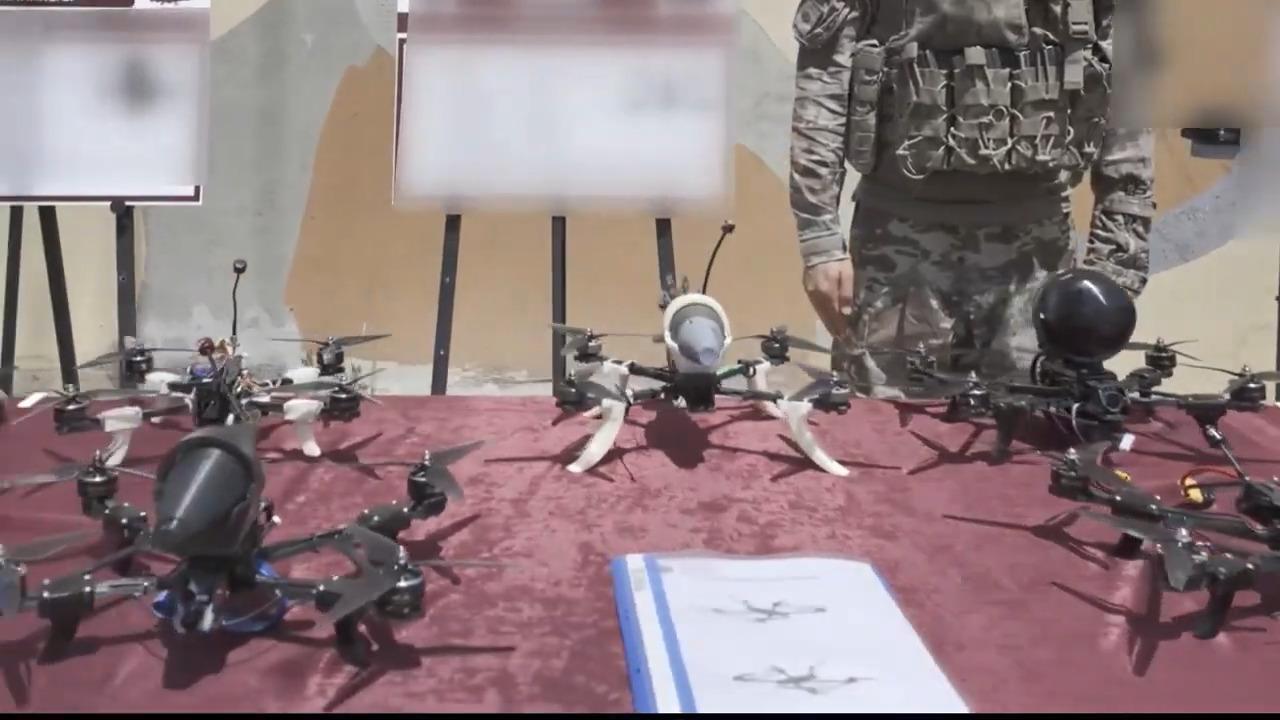
Among the most significant developments displayed were FPV drones equipped with fiber-optic cables, addressing one of the key vulnerabilities of traditional radio-controlled systems. Notably, Aselsan's SERCE-3 multi-rotor unmanned aerial system was also displayed. It demonstrated its reconnaissance, surveillance, and intelligence capabilities during the exercise.
The fully autonomous system can be equipped with different payload packages based on mission requirements, including road traffic monitoring and border security operations.
Aselsan’s SERCE-3 drone was showcased in multiple configurations, including a model resistant to electronic jamming that significantly extends its range—an advantage seen in the Ukraine-Russia war.
Connected to operators by a long, thin fiber-optic cable, fiber-optic drones cannot be intercepted by electronic warfare tactics designed to disrupt the signal link, such as drones that rely on radio frequencies.
Electronic warfare has significantly disrupted the effectiveness of standard drones, changing the dynamics of modern combat just as they were being understood. It has adversely affected both attack and surveillance missions, forcing rapid combat innovation. However, such drones can really be considered a "flying threat", capable of reaching serious distances.
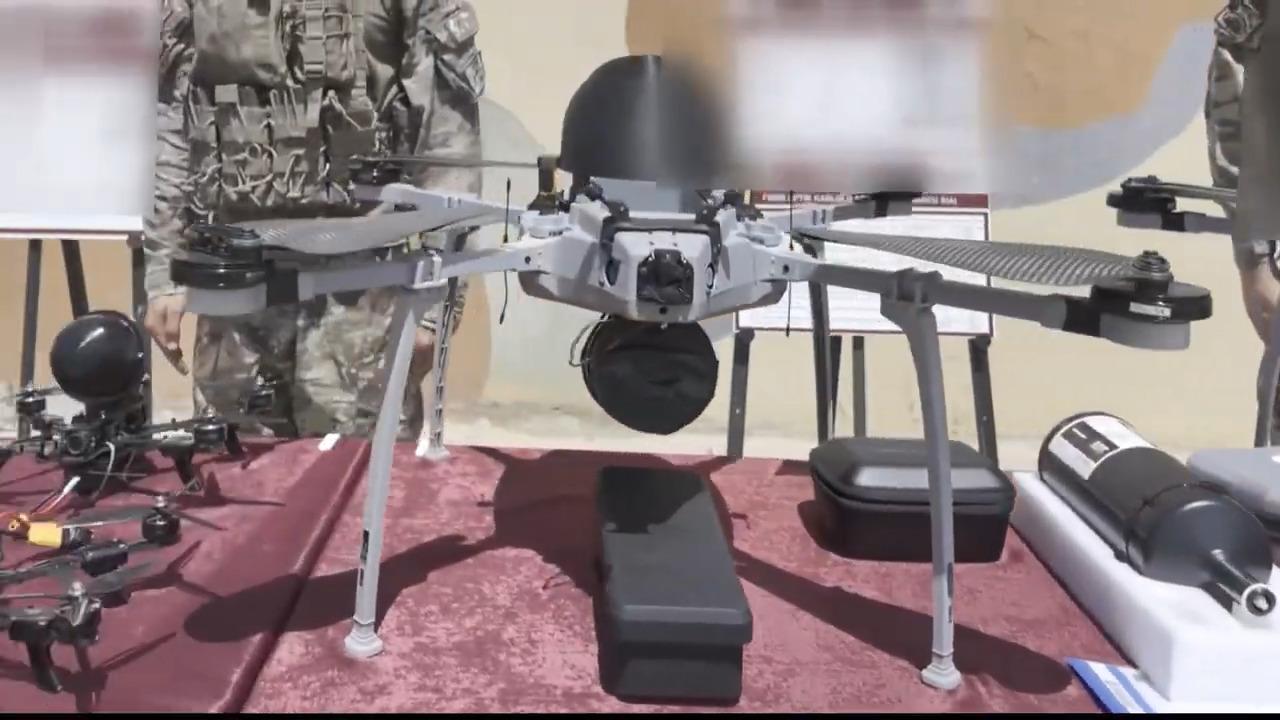
The proliferation of unmanned systems in the field and their integration into military doctrines has begun to be observed in Türkiye.
The exercise featured a "jointed-leg armed robot"—also known as a quadrupedal unmanned ground vehicle (Q-UGV) that preceded PARS Special Operations Vehicles during the building approach scenario.
Similar systems have been tested by other military forces worldwide, including the U.S. Marine Forces Special Operations Command. The PARS IV 6x6 S-Ops Vehicle demonstrated its all-weather, all-terrain capabilities designed for cross-country and urban operations.
During a simulated building assault operation, Special Forces teams operated alongside UGV and armed robot dogs in a demonstration of manned-unmanned teaming (MUM-T) capabilities.
But why are these systems getting attention and why are they important? Articulated joints and advanced control systems allow these Q-UGVs to climb, crawl, or recover from falls, unlike wheeled or tracked UGVs limited by rough terrain. They can carry sensors, cameras, or weapons. In this case, we can see UGV and Q-UGV rides alongside PARS vehicles in building assaults. The Q-UGV is equipped with a weapons system and advanced sensors, and may also be configured for explosive ordnance disposal (EOD) missions, featuring integrated jamming systems.
And last but not least, these unmanned systems have the capability of sharing real-time data and control systems that link these UGVs to human operators, enhancing situational awareness in the field.
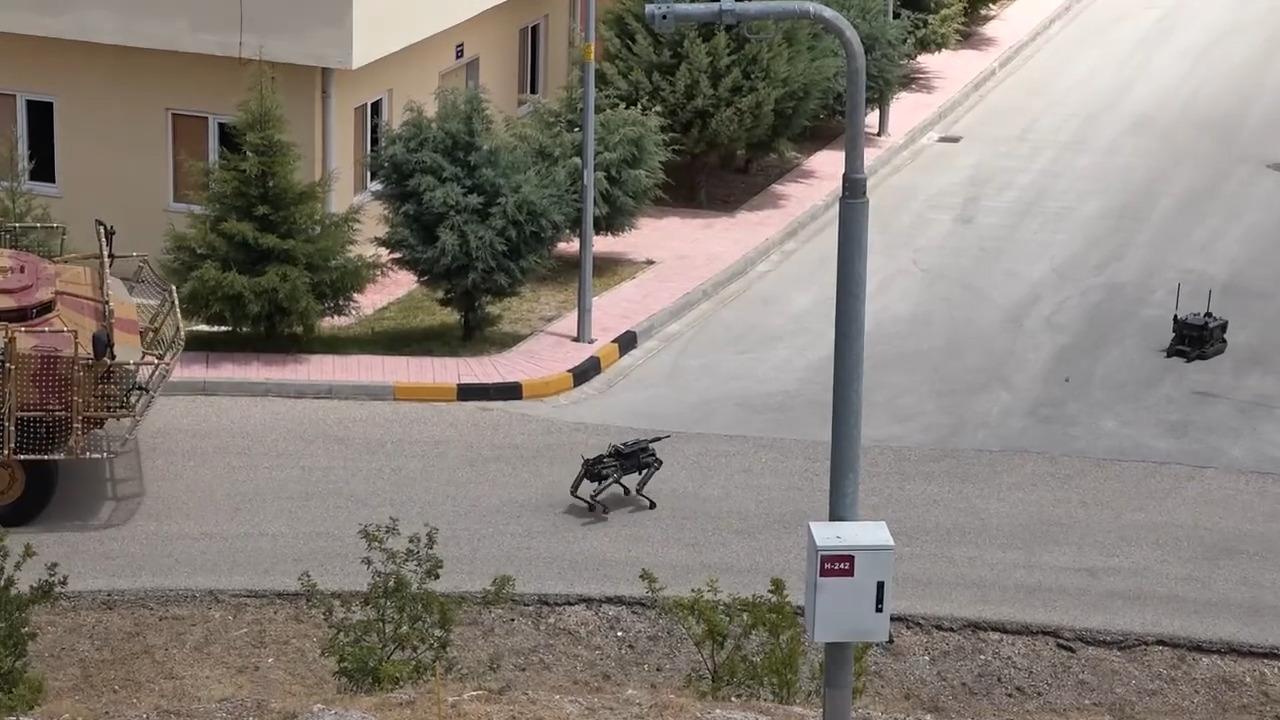
The exercise also featured STM's KARGU kamikaze drone, a small portable quadrotor loitering munition designed for asymmetric warfare. Additionally, the locally developed Boyga rotary-wing unmanned aerial vehicle demonstrated its mortar ammunition drop capabilities.
The exercise incorporated aviation assets, including S-70 Black Hawk and CH-47F Chinook helicopters. Videos from the exercise revealed a UGV equipped with a flexible ammunition belt-fed 7.62x51mm Gatling gun system operated by the Special Forces Command.
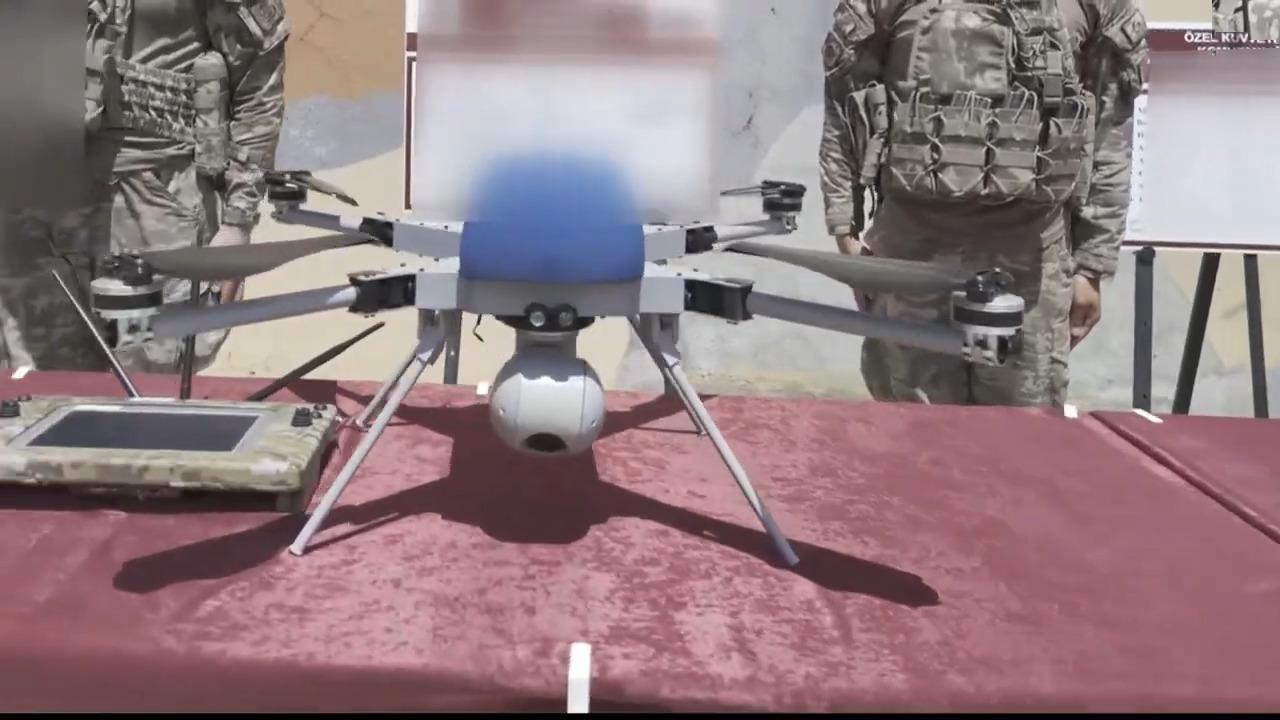
The Special Forces Command unveiled new weapon systems during field demonstrations at the Anadolu-2025 exercise.
Multiple UAVs, FPV drones, and UGVs were introduced and utilized in training scenarios.
Technical analysis of the systems showed dual transmission capabilities, with both fiber-optic cables and digital video transmission systems visible on the platforms, suggesting redundant communication methods for enhanced operational reliability.
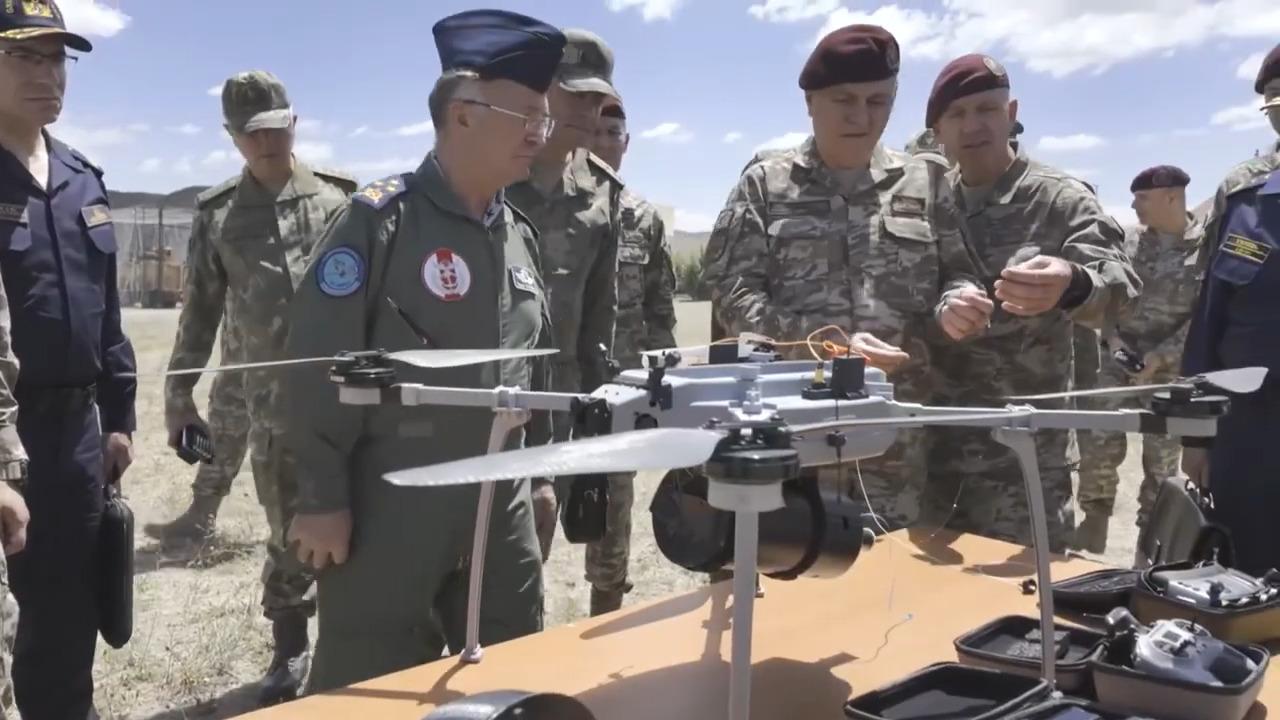
Among the standout systems was a UGV fitted with a multi-barrel minigun—a rare and striking sight.